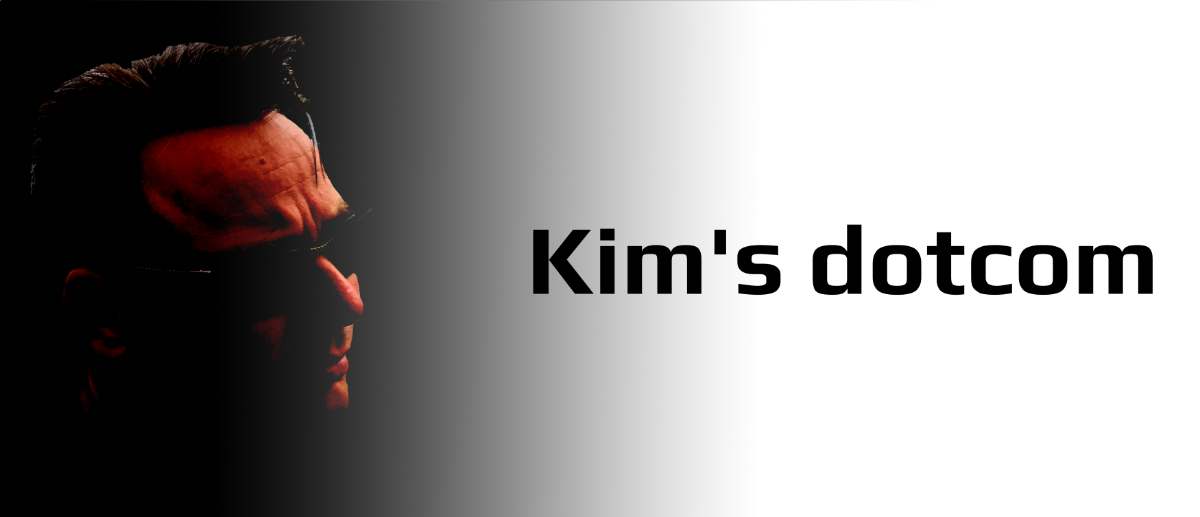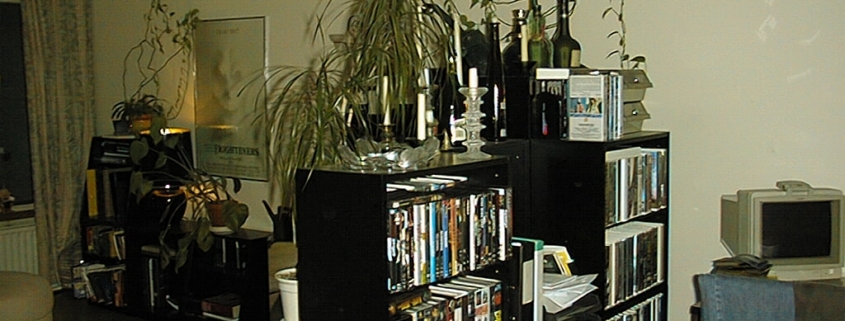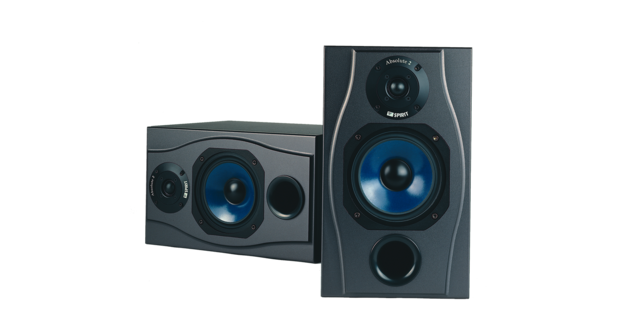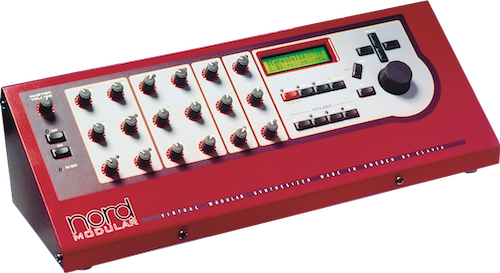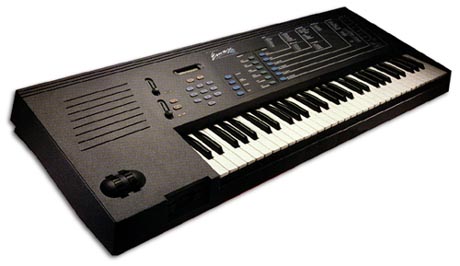The year 1998 started with me feeling like I wanted a “real” synthesizer and therefore buying a Korg Wavestation SR, which I didn’t know anything about. I also got a pair of Spirit Absolute 2 monitors, which made all the difference in sound compared to the plastic multimedia speakers I had prior to them. It became apparent that radical furniture rearrangement was called for. I split the livingroom into two distinct parts, one for usual livingroom stuff, and the other for my Home Studio, which I now felt totally comfortable calling it. I invested in an IKEA Jerker desk, which is really handy for a setup like mine. Jerker hosted everything except the keyboards, so everything was nicely within reach.
The year 1998 ended with me buying a Nord Modular. I got an amazing deal for a new unit, 30% off the list price, and I took a bank loan to pay for it, which is something I had never done before, nor since. The Modular changed my perception of how a synth should work. It stood for everything I always liked in electronic music, and I probably couldn’t have made a better choice at that time. I learned a lot about subtractive synthesis. Among other things.
I managed without a mixer quite nicely, even with this many sound sources, as the Emax performed mixer duties with its numerous inserts.
Sadly, no pictures exist of that setup. But it was right there, I promise!
